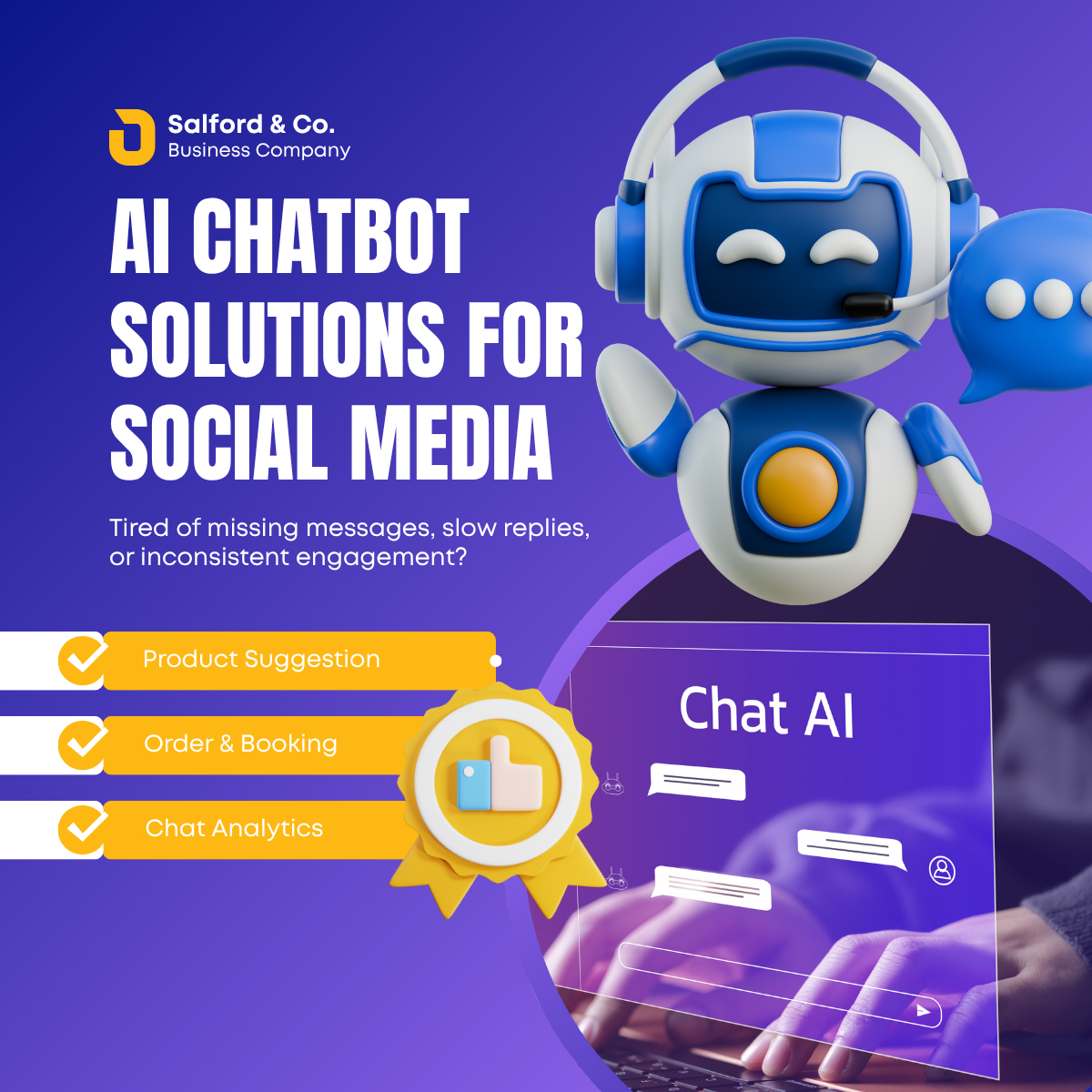AI-Powered Email Writing with ChatGPT: Save Hours Daily
Discover how to speed up your daily communication with AI-powered email writing using ChatGPT. This guide shows you how to write, edit, and personalize professional emails faster—whether you're responding to clients, crafting outreach messages, or following up on leads. Learn tips, prompt examples, and tools to save hours every week while improving email clarity and tone with AI assistance.

AI-Powered Email Writing with ChatGPT: Save Hours Daily
In today’s fast-paced work environment, writing emails is a non-stop task — from replying to clients and colleagues to following up on leads and sending out reminders. What if you could write clear, professional, and personalized emails in seconds instead of minutes?
With ChatGPT, AI-powered email writing is not just possible — it’s easy, efficient, and surprisingly human-like. In this guide, you’ll learn how to use ChatGPT to write better emails, faster.
Why Use ChatGPT for Emails?
Here’s what makes ChatGPT your perfect email writing assistant:
-
✍️ Drafts faster than you can type
-
Suggests tone and structure based on context
-
Polishes your writing into professional language
-
Saves hours of repetitive writing each week
-
Personalizes messages for different audiences
Whether you’re a busy freelancer, a startup founder, or a corporate employee — this AI assistant works across industries and roles.
How to Write Emails with ChatGPT (Step-by-Step)
✅ Step 1: Give It Context
Start by telling ChatGPT what the email is about. Be specific.
Prompt Example:
“Write a polite follow-up email to a client I emailed last week about a proposal. Mention that I’m happy to answer any questions.”
✅ Step 2: Choose the Tone
Want it to sound friendly? Formal? Assertive? Just ask.
Prompt Example:
“Make it sound warm and professional. Keep it under 150 words.”
✅ Step 3: Review and Customize
You’ll get a draft instantly. You can then:
-
Tweak it manually
-
Ask ChatGPT to revise it (“Make it shorter” or “Add a subject line”)
-
Add details like names, dates, or attachments
Common Email Scenarios + Prompts
Here are use cases and prompt ideas to try:
Client Follow-Up
“Write a friendly follow-up email to a client I contacted 5 days ago about our design proposal.”
2. Meeting Scheduling
“Draft an email inviting my team to a meeting on Monday at 10 AM to discuss Q3 goals.”
3. Job Application Outreach
“Write a short, confident email to a hiring manager after applying for the content writer role. Mention my 3 years of experience.”
4. Cold Outreach
“Create a cold email for a SaaS tool that helps businesses automate customer support using AI. Keep it concise and value-focused.”
5. Internal Updates
“Draft a quick email to my team updating them that the new dashboard feature is live and ready for testing.”
✨ Bonus Tip: Use GPT-4 with Code Interpreter
If you're on ChatGPT Plus, use GPT-4 with Advanced Data Analysis (Code Interpreter) mode. It can help:
-
Write bulk emails using CSVs
-
Personalize messages by name or role
-
Analyze response trends from email replies
Subject Lines? ChatGPT Can Help!
Just ask:
“Give me 5 subject line ideas for a re-engagement email to inactive users.”
You’ll get options like:
-
“Still Interested? Let’s Reconnect”
-
“We Miss You – Let’s Catch Up”
-
“Here’s What’s New Since You Left”
Is It Safe?
Yes. ChatGPT does not save your personal data, but never share sensitive client info in prompts. You can anonymize or summarize information instead.


 author
author 








